Commodore Clipper grounding: Crew failed to plan for 'unusually low tide'
- Published
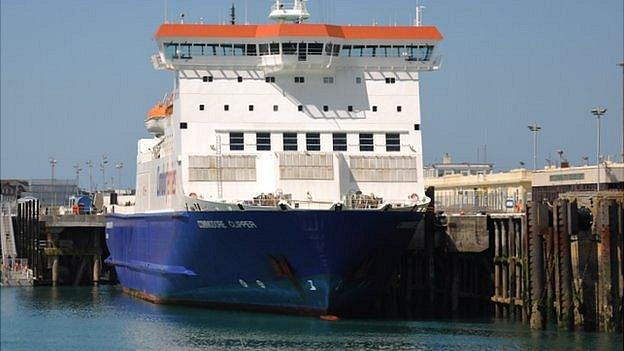
Several weeks were needed in dry dock to repair the hull damage from the grounding and flooding
The grounding of a ferry off Guernsey was due to a lack of planning by the crew, who failed to take an unusually low tide into account, a report found, external.
The Commodore Clipper was out of service for a month following the incident on 14 July last year.
The Marine Accident Investigation Branch found the crew had not properly considered the conditions on the day.
Investigators have made safety recommendations to operator Condor Ferries and to Guernsey Harbours.
The conventional ferry had been on its way from Portsmouth to Guernsey when the grounding occurred in the Little Russel, a channel between Herm and Guernsey.
The Clipper spent several weeks in dry dock in Falmouth for extensive hull repairs.

Passengers due to travel on the Clipper were transferred to the company's fast ferries
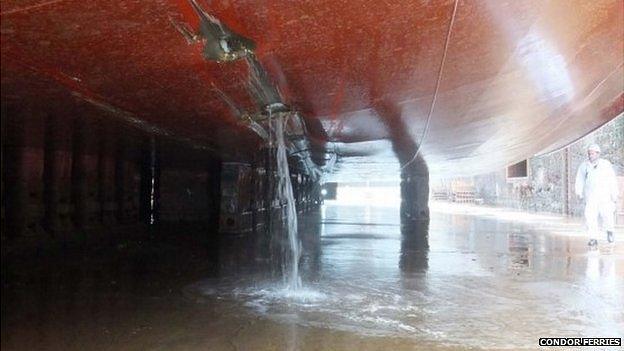
A noisy and shuddering vibration lasting nine seconds was heard and felt throughout the ferry
MAIB investigation findings
There was "insufficient passage planning for the voyage" and in particular for travel through the Little Russel
The "extremely low tide and effect of squat were not properly considered"
This resulted in the bridge team being unaware of the limits of safe water available
Steering and propulsion responding normally, the absence of any alarm and the master's conviction there had been sufficient depth of water, led to a collective denial of the possibility that the vessel might have grounded
The company's approved route for use through the Little Russel was not followed
The vessel's electronic chart display and information system was not utilised effectively because key safety features were either disabled or ignored
Guernsey Harbours did not have an effective safety management system for the conduct of pilotage within its statutory area

According to the report, the ferry was travelling at 18.2 knots at 15:15 BST on 14 July when a "noisy and shuddering vibration lasting nine seconds was heard and felt throughout the vessel".
The master decided it was likely to be due to something like a string of fishing pots being picked up by the propellers despite concerns from the chief engineer the shudder had been "exceptional, surpassing anything he had ever experienced".
The damage to the hull was discovered by a dive team, which was carrying out a scheduled underwater inspection in Guernsey's St Peter Port Harbour.
At this time the passengers and vehicles had disembarked and the crew carried out an internal inspection and discovered water ingress.
A dive survey of the seabed found the Clipper had struck two granite pinnacles on a rocky shoal that was charted at a depth of 5.2m (17ft). During the grounding the tops of the two pinnacles broke away.
The rocks were the only casualties of the incident, which caused no pollution.
Capt Fran Collins, of Condor Ferries said: "This is a fair report whose findings are consistent with our own investigation.
"We have already implemented all the recommendations in the report, implementing changes in training, operational practices and policies, and safety management systems."
- Published27 August 2014

- Published18 August 2014
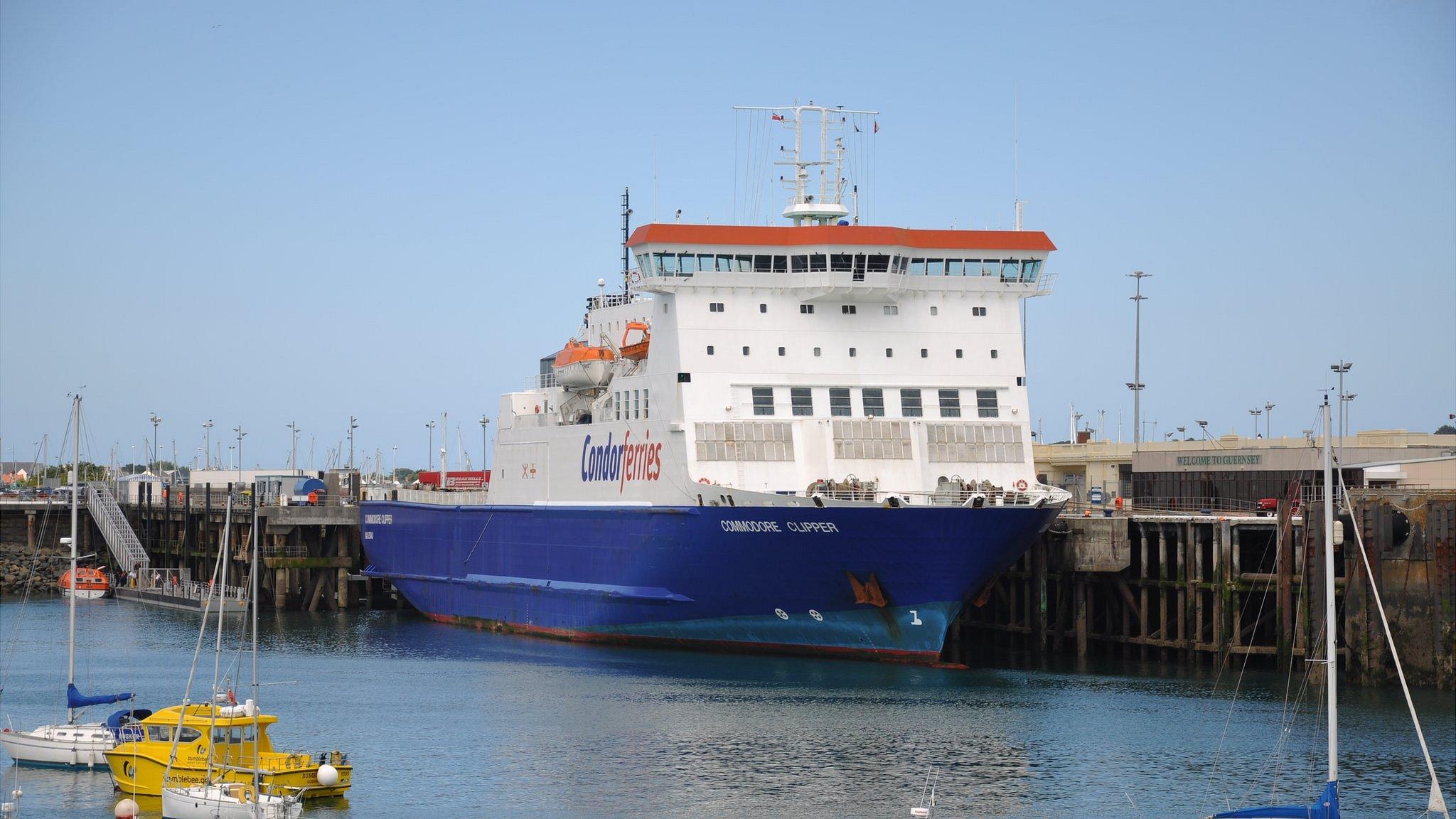
- Published14 August 2014
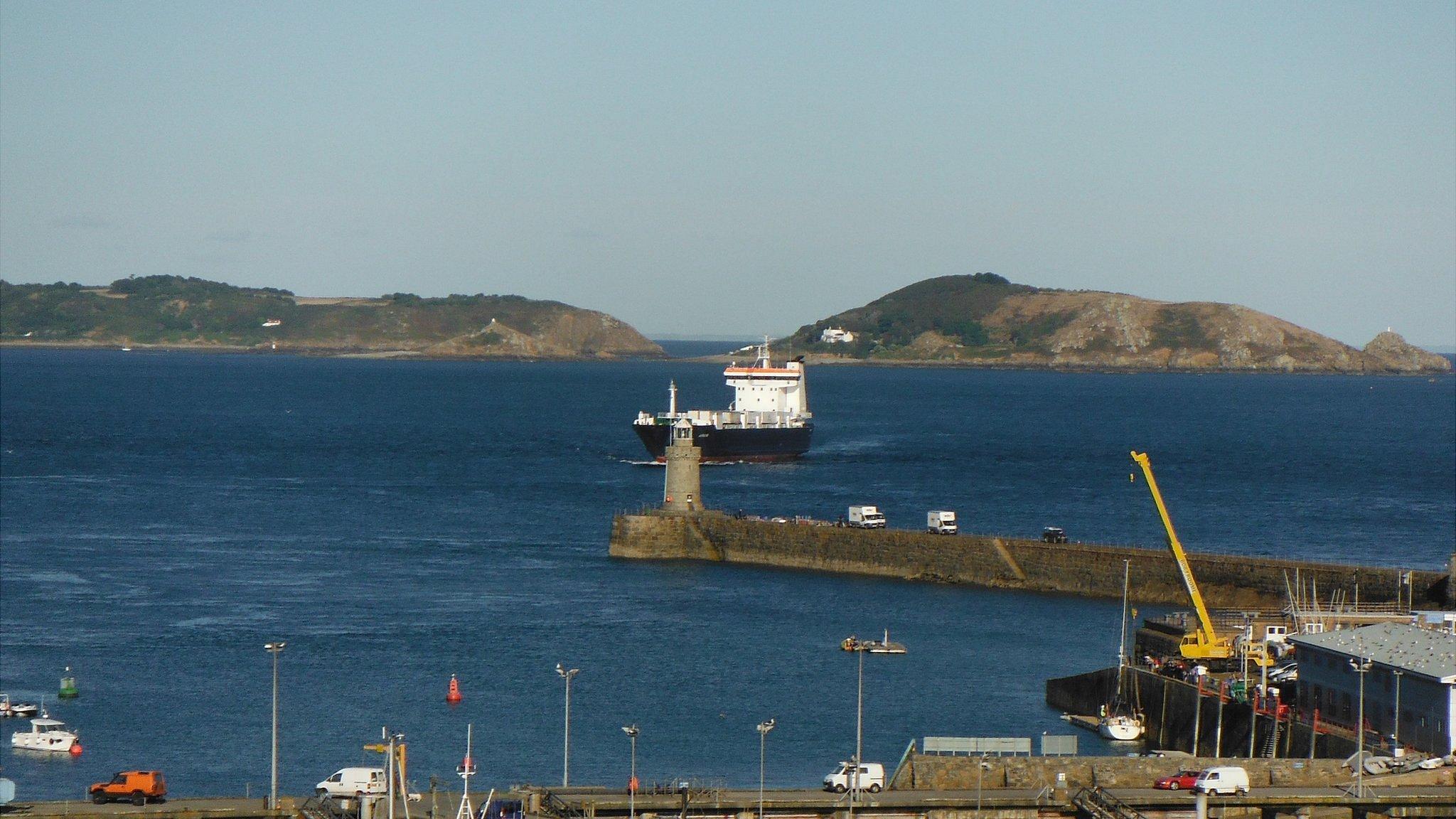
- Published13 August 2014

- Published31 July 2014
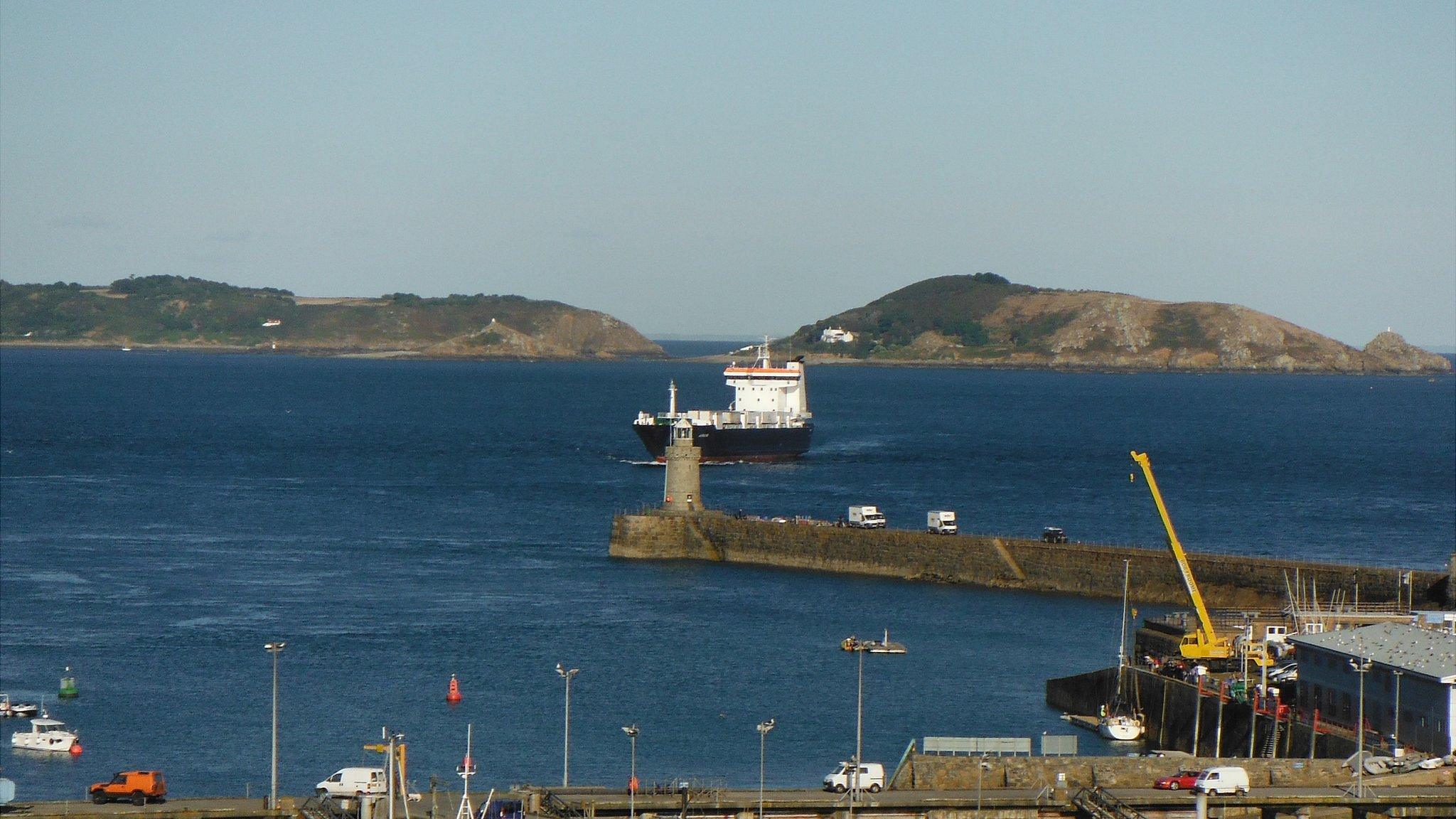
- Published24 July 2014
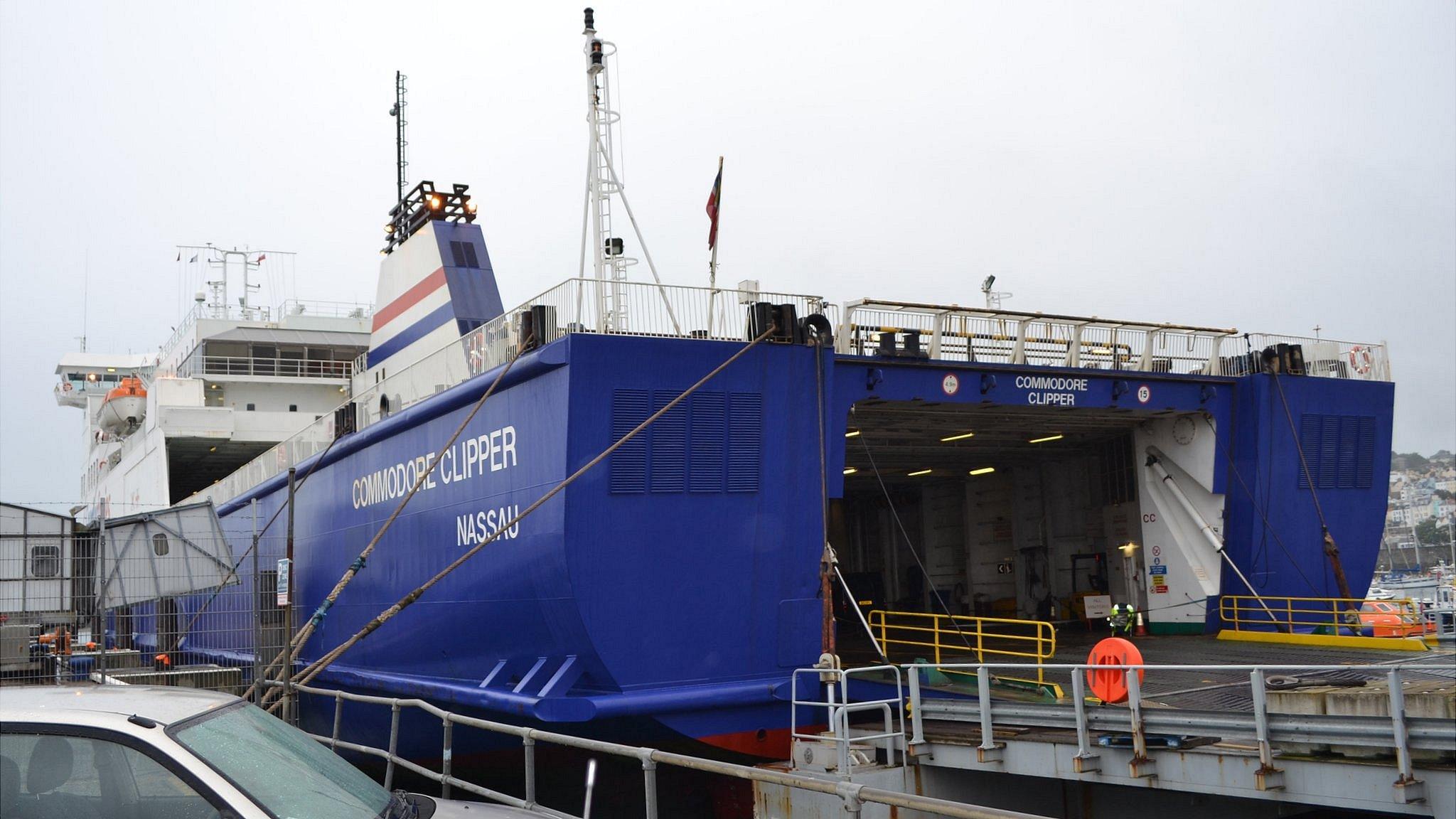
- Published21 July 2014
